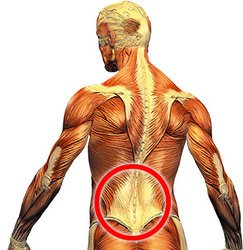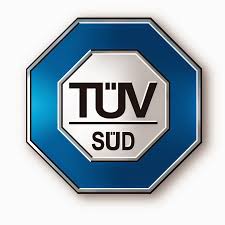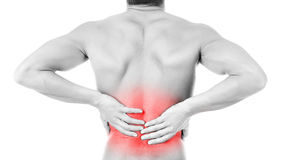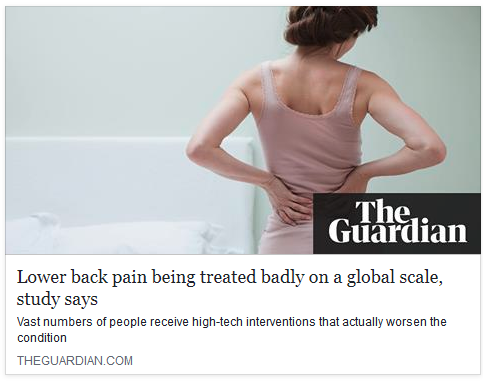 Back pain
Back pain
ECM unlocks the mysteries of lower back pain
Understanding the important role the Extracellular Matrix (ECM) plays in our health and wellbeing helps to unlock the mysteries of lower back pain, as we know fascia forms a large part of the ECM and realizing that within this space it contains a vast number of nociceptors, these are the sensory neuron that responds to damaging or potentially damaging stimuli.
Lower back pain is one of the most common complaints that presents to health professionals on a daily basis, and the cause of this pain is often very difficult to diagnose accurately when imaging results and clinical findings prove to be inconclusive.
THE SPINE SCHOLAR VOLUME 2, NUMBER 1, 2018 Innervation of the thoracolumbar fascia and its relationship to lower back pain
The thoracolumbar fascia has been proposed as this potential source of the chronic pain these patients experience via the innervation of the nociceptors surrounding the L1 – L5 vertebra area where deep seated chronic lower back pain is normally defined as intense pain, inflammation, swelling and loss of function over an extended period of time. Current speculations about the etiology of chronic lower back pain place it right here in this thoracolumbar fascia.
There conclusion was that it was evident on the basis of the data obtained from the studied publications that the thoracolumbar spine is a dense aponeurosis (variant of the deep fascia) receiving large amounts of nerve reception from the dorsal horn neurons, from which the dorsal and ventral rami are formed.
All the publications confirm the heavily nociceptive nature of the thoracolumbar fascia, implying that it is more sensitive to different kinds of stimulation than the underlying muscle.
In conclusion, the thoracolumbar fascia is most relevant to chronic lower back pain, although the underlying muscles such as the erector spinae should not be excluded as contributors to this condition.
Tissue pH and lower back pain
These acid-sensing ion channels (ASICs) constitute a family of nociceptive receptor molecules that are very sensitive to a drop in pH and open at various pH values. The channel proteins react readily to very small pH changes.
This receptor family (for instance ASIC1 and ASIC3) plays a particularly important part in muscle pain, because almost all pathologic changes in muscle are accompanied by a drop in tissue pH, e.g., exhausting exercise, ischemia, acidosis and inflammation.
Understanding this component of tissue pH in the lower spine is critical for treating patients with chronic lower back pain. BMS Matrix therapy has this understanding of the different patterns of innervation of the thoracolumbar spine and can treat it successfully by stimulating the Golgi apparatus (neurotendinous spindle), the muscles associated with α motor neurons are inhibited (Autogenic inhibition). This ensures that the tissue’s total receptors are relaxed and repaired, including the proprioceptors (Myosin & Golgi) and by removing the acidic stimuli that trigger the nociceptors that trigger the pain.




